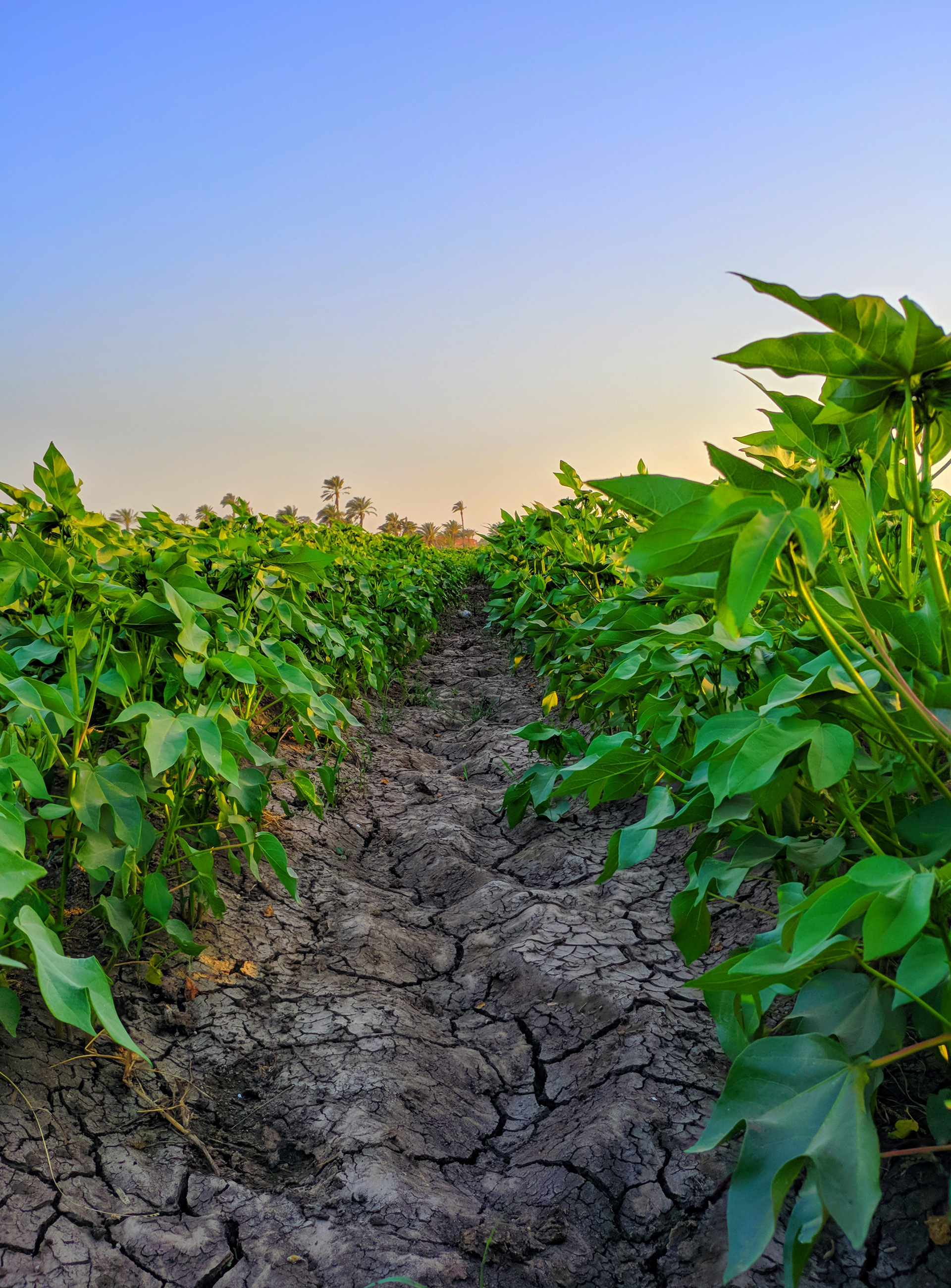
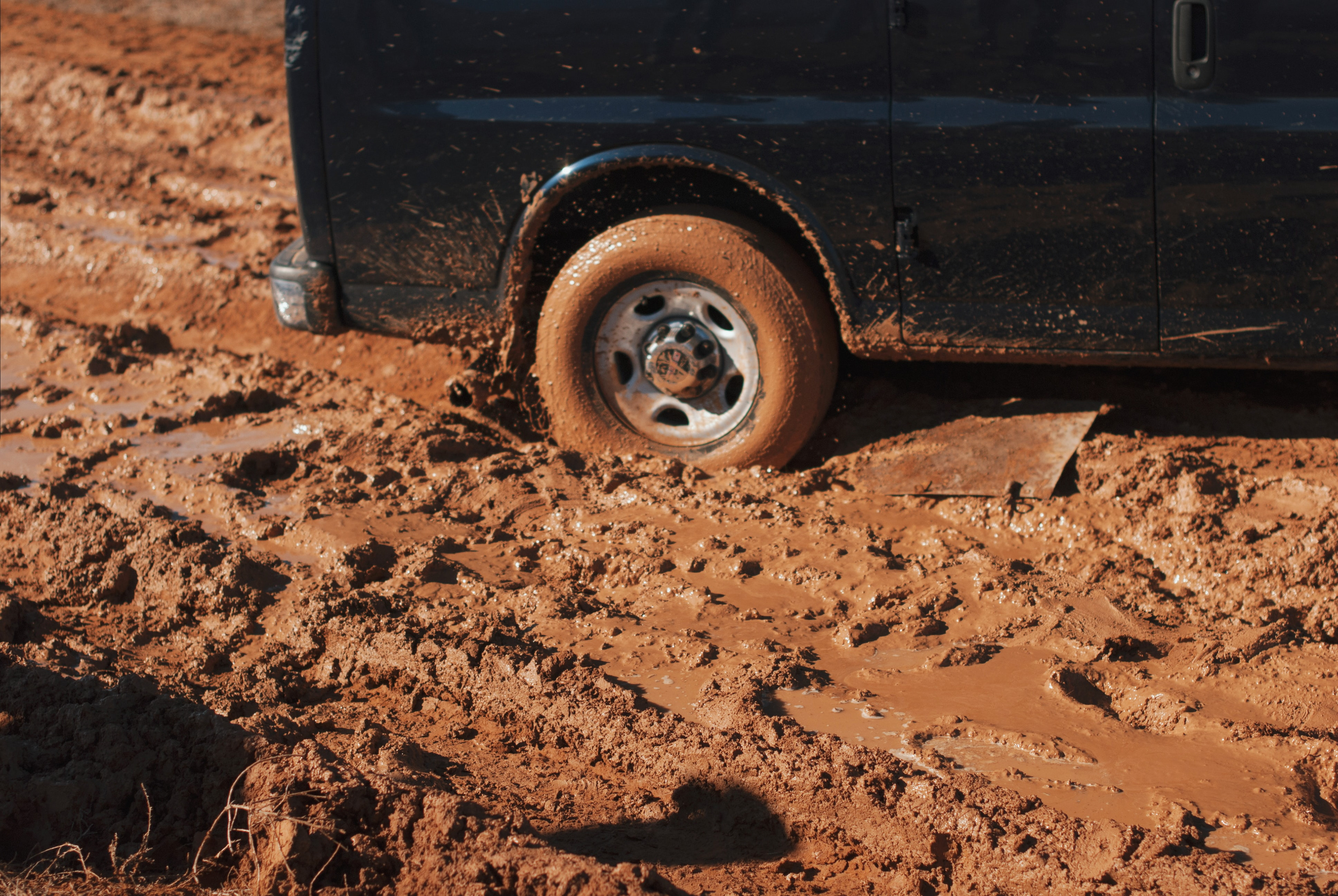
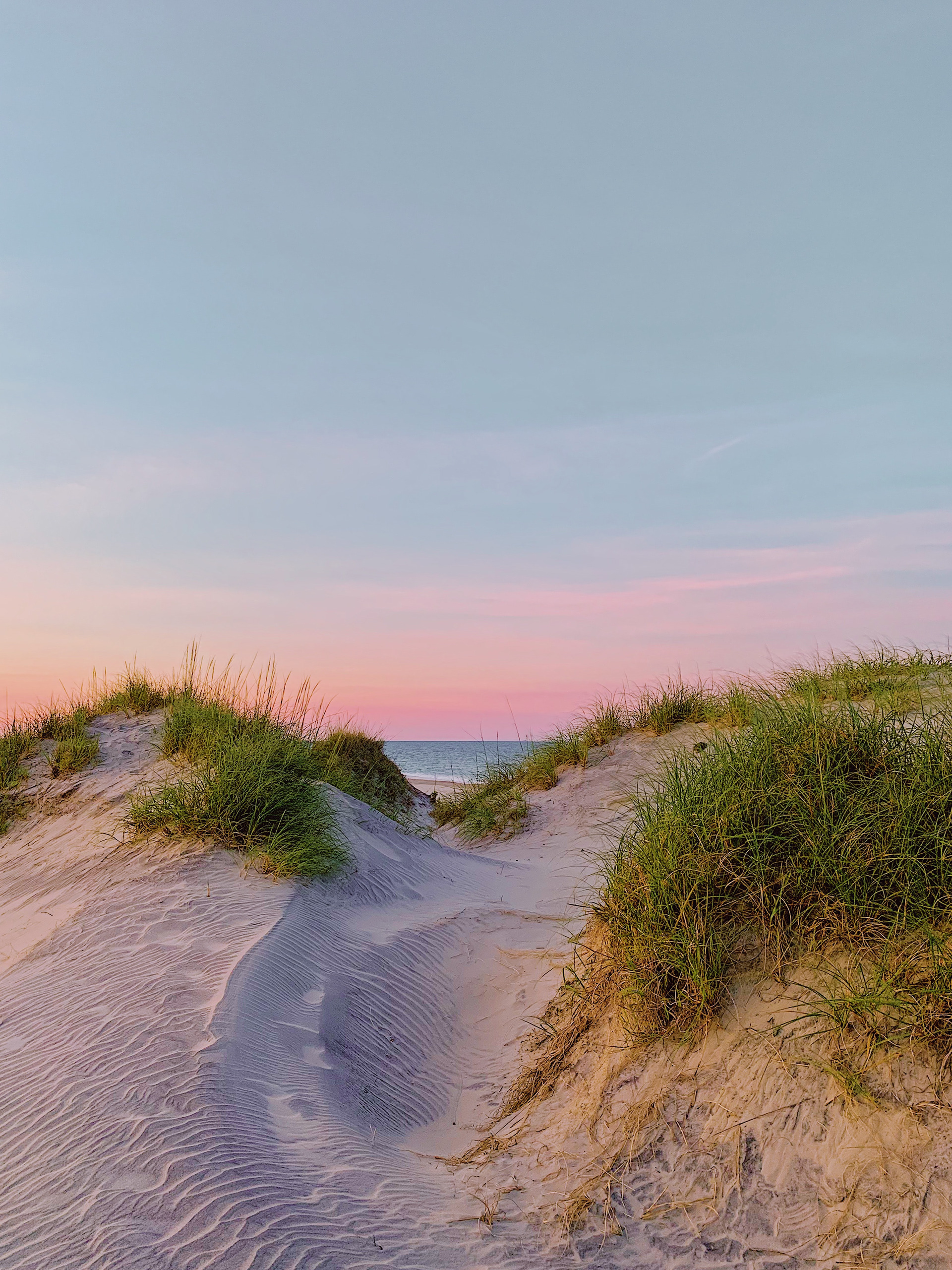

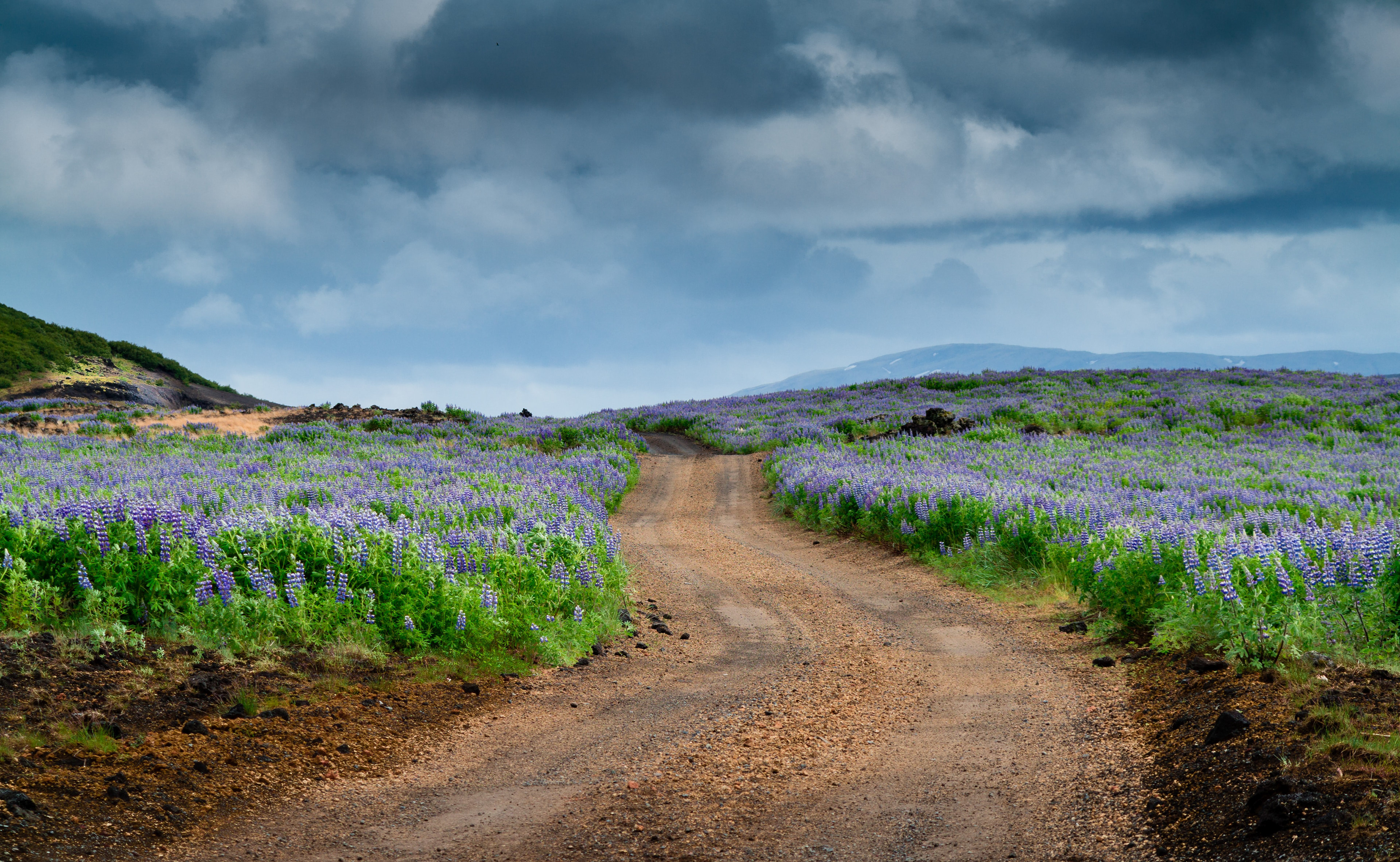


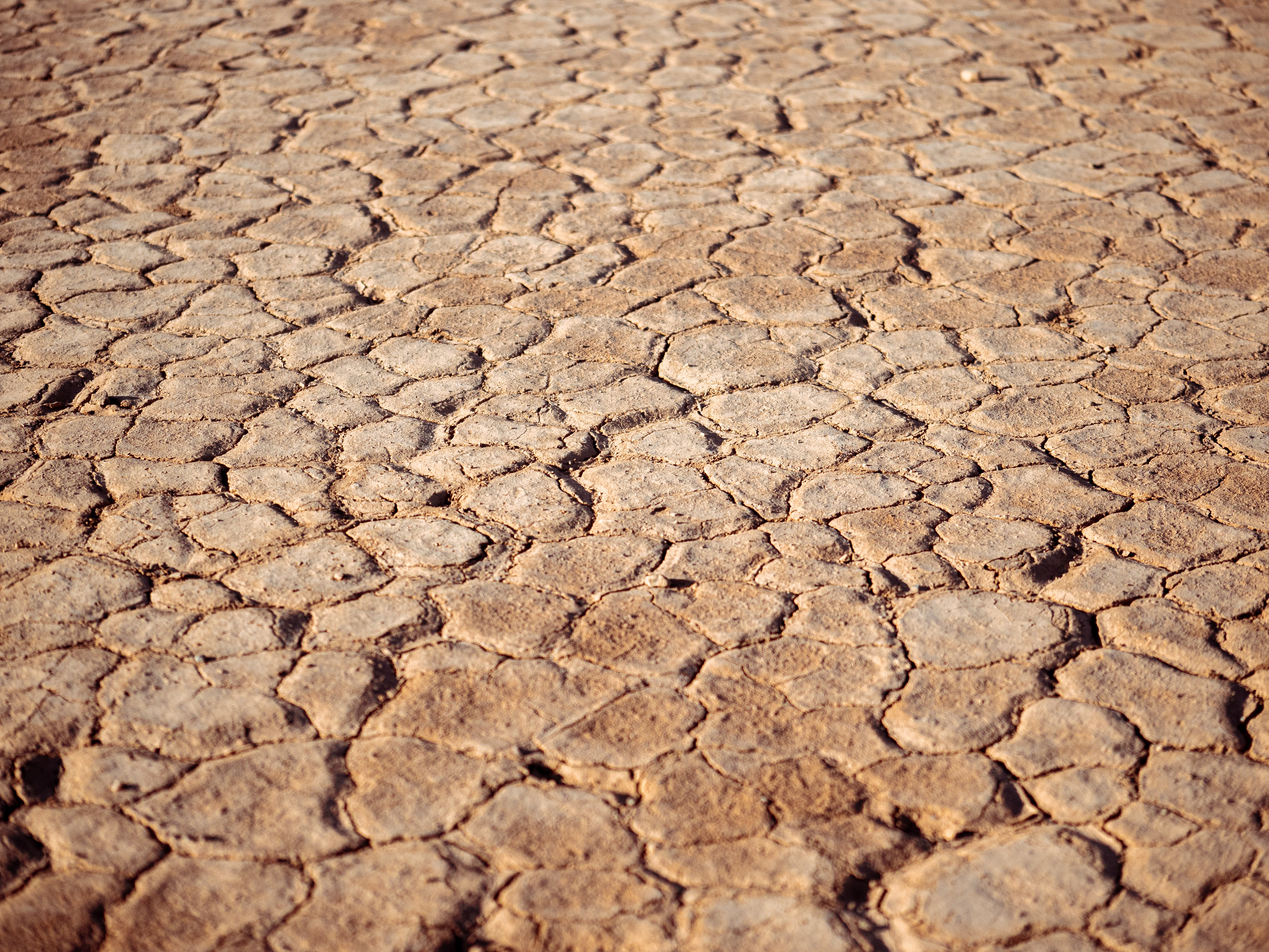
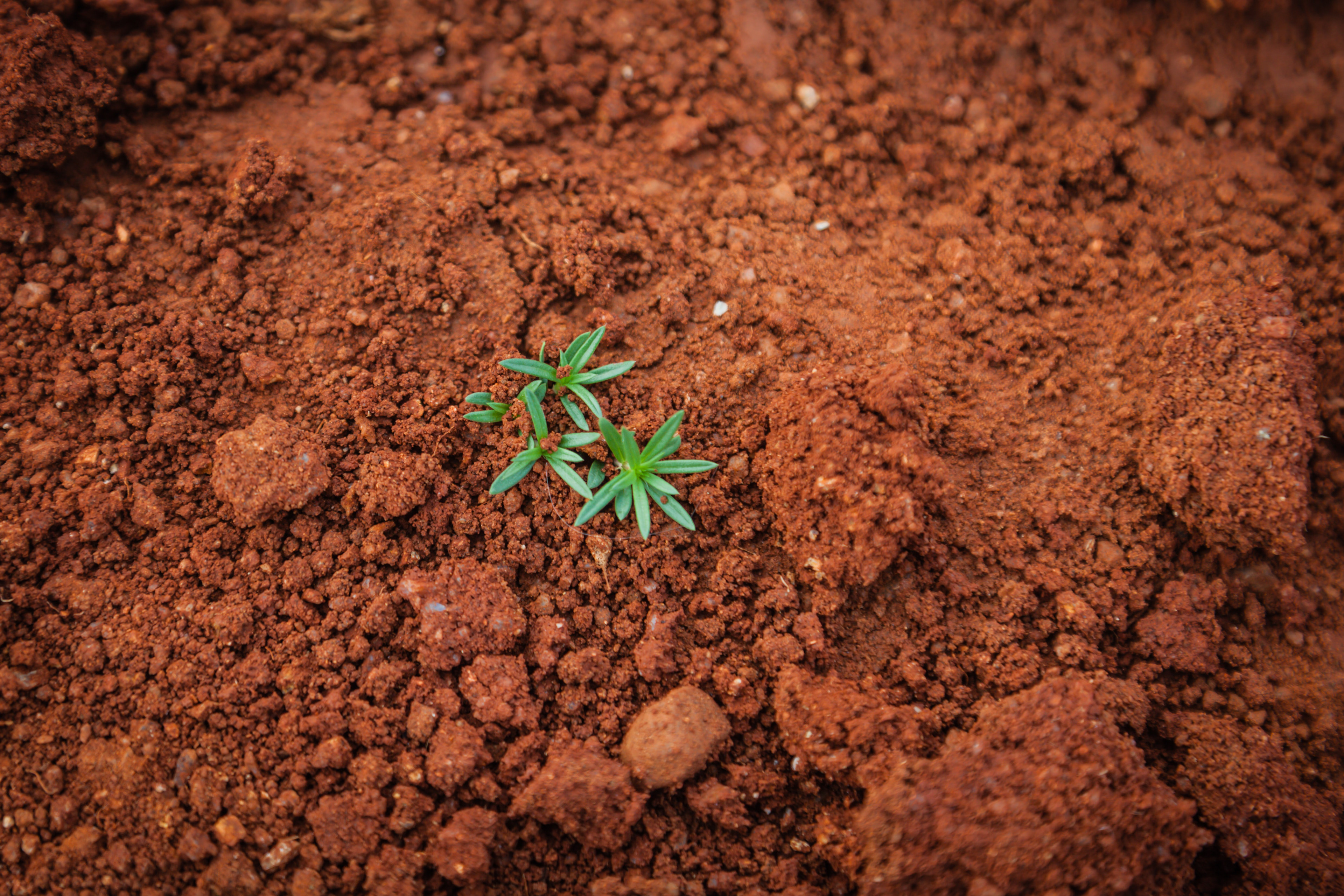
Soils are as diverse as the plants and animals growing and living above them. Tropical rain forest soil is not like a prairie soil, which is also different from canyon soil. Squeeze some soil between your fingers. Is it crumbly? Sticky? Gritty? A soil's texture depends on it's ingredients. In particular, it depends on how much sand, silt, clay, and organic matter it has. Sand, silt, and clay are all basically different sizes of tiny rocks with sand being the largest and clay being the smallest.
Sandy Soils:
Soils with a lot of sand have big spaces between the particles so they don't hold water or nutrients very well. Sandy soils also don't like to stick together so plant roots can't hold onto this soil, but the big spaces do allow air into the soil. There are some plants that are able to grow in sandy topsoil by putting their roots deep, through the sand to the subsoil.
Silty Soils:
Silt is finer than sand but still feels gritty. It is commonly found in floodplains, and is the main ingredient that makes soil muddy. Soils with a lot of silt make excellent farm land, but erode easily. This is the soil blown away in dust storms and carried down stream in floods.
Clay Soil:
Lots of clay makes soil heavy and dense. Since clay is the smallest soil ingredient, the spaces between the clay particles are very tiny. When clay soil is dry, it's almost as hard as concrete, making it impossible for plant roots to push through. But clay is important because it can change the soil chemistry, giving off needed minerals and absorbing acids.
Organic Matter:
When plants, plant matter like leaves, or living organisms decompose, their nutrients are recycled and put back into the soil by microorganisms. This part of soil is also called humus, and is a rich, dark color. Humus is important for retaining water and growing healthy plants.
What kind of soil do you have?
Follow the instructions below to figure out how much sand, silt, clay, and organic matter you have in your soil (or the soil near your house). Watch the jar change throughout the day, but keep in mind that the water might not clear up until the following day!
Note: Any clear jar or bottle with a lid will work for this; it doesn't have to be a mason jar! Also, the detergent in step 2 is optional.
Instructional image from: https://www.mygardenlife.com/how-to/how-to-evaluate-your-soil-type
What is the ph of your soil?
Use the link below to learn how you can test the pH of your soil (i.e., how acidic or basic your soil is) using household supplies!
Helpful Videos
Watch the videos below as needed to help you understand soil, and what a pH scale actually measures.
This video is a little bit long. If you are just interested in learning about soil, you can stop the video at 5:35.
This video explains how pH affects plants, and why it's important to keep track of.
If you are interested in learning about the chemical properties of acids & bases, this is the video for you!